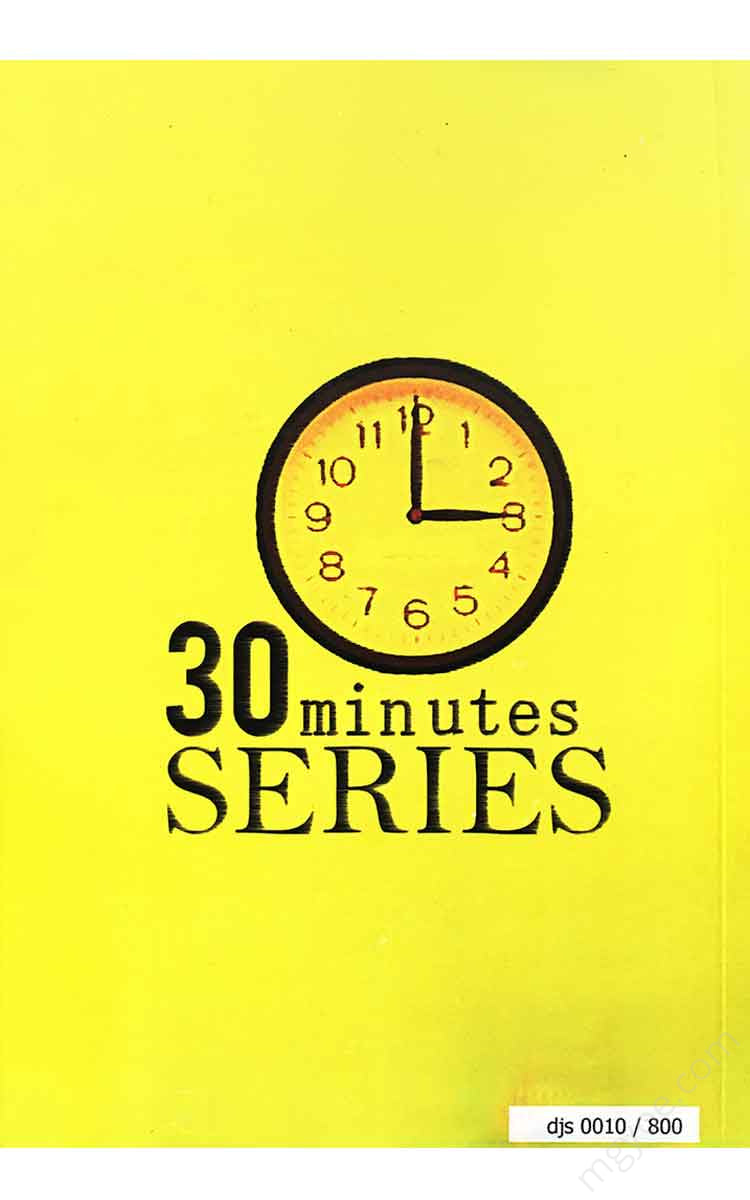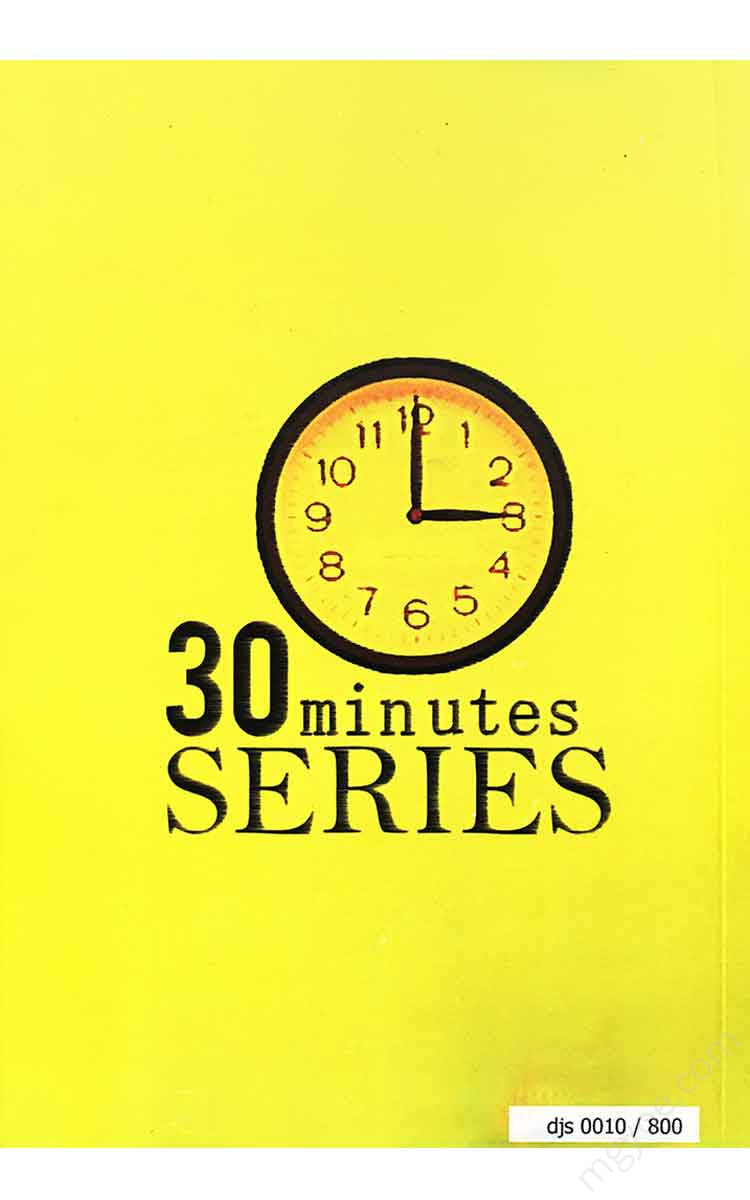စိတ်ကူးချိုချိုစာပေ
Do Jae-sang - If there is a problem, find a solution.
Do Jae-sang - If there is a problem, find a solution.
Couldn't load pickup availability
Fixing problems clearly
In order to effectively solve problems and make the most of your skills, the first thing you need to do when a problem arises is to be aware of it. You also need to see it as it really is.
Not all problems that affect us are obvious. For example, we may not notice a disagreement between two colleagues at work. However, this can have an impact on how we work together as a team.
Another thing is that not every problem is as it seems. The brain is very good at filtering out unnecessary information and leaving it behind. We react automatically to many situations, relying on a small amount of information as a sample to analyze. For example, we are given a document with 4 sheets of paper. If the pages are numbered 1, 2, 4, and 5, we will assume that page (3) is missing. Upon closer inspection, we realize that it is not the missing paper, but the wrong page numbering.
To help solve problems --
* Techniques to help you recognize problems
* Methods are needed to ensure that all relevant information about the problem is available.
Recognizing problems,
There are two main types of problems. Maintenance problems are when something is happening that shouldn't be happening. Either it's failing to happen as it should (for example, the car doesn't start when you turn it on) or it's happening as it shouldn't (for example, a wheel coming off).
The second type of problem is the problem of success. The current situation is not as good as it could be. There are also reasons why it is not as good. Success problems can be divided into three groups.
* Failure to achieve a goal or objective. For example, not completing tasks on time.
* Exceeding expectations. For example, only calling 5 times per hour when you can call 8 times per hour.
* Opportunity exists. For example, finding a new method that takes half the time of the current method.
It is very important to distinguish between the two types of problems. Problem solving is not just about fixing things when they go wrong. It also helps us set goals and objectives. It improves our performance. It helps us identify and capitalize on opportunities.
Problems are not always obvious. Problems are not always tangible. Sometimes they have little immediate impact. So we don't even think about them. We just assume they don't exist. Some problems change over time, becoming more important, becoming less important, and even disappearing altogether. Some problems arise suddenly. There is no prior warning. The impact is obvious.
The following example case will help you learn how problems can arise.
A company has a very busy department that handles orders, and most of the orders come from small companies. When the company receives two large orders, the staff is overwhelmed. The manager decides to hire more people to handle them, but the time it takes to process them is too short, and some of the orders are delayed. The company's original goal is to process orders as soon as they arrive. Normally, there is enough staff to handle them quickly during the day.
The two large orders that were received immediately made the goal of working on them seem too big. The workload also increased significantly. As a result, the goal of achieving the goal was not achieved successfully. It became a hindrance.
The problem arises because the obstacle prevents the goal from being achieved. Obstacles and goals can be large or small. We need to think about how to solve the problem based on these changes. By constantly monitoring the changes in the goal or goal, we can identify potential obstacles and prevent problems from arising, or by preparing everyone to deal with them as soon as they arise.
Identifying potential problem areas helps to improve. Having a system in place to detect problems can help to identify them early. For example, regular vehicle health checks can help identify any parts that are starting to deteriorate and take action as needed.
By monitoring the work being done, you can identify when targets or standards are not being met. By observing and listening to others, you can identify changes that may be the root of the problem.
Systematic approaches can provide opportunities for improvement. It is important to examine whether the targets or standards set can be exceeded and whether it is possible to set new targets.
One important point is to look at the problems superficially.

















